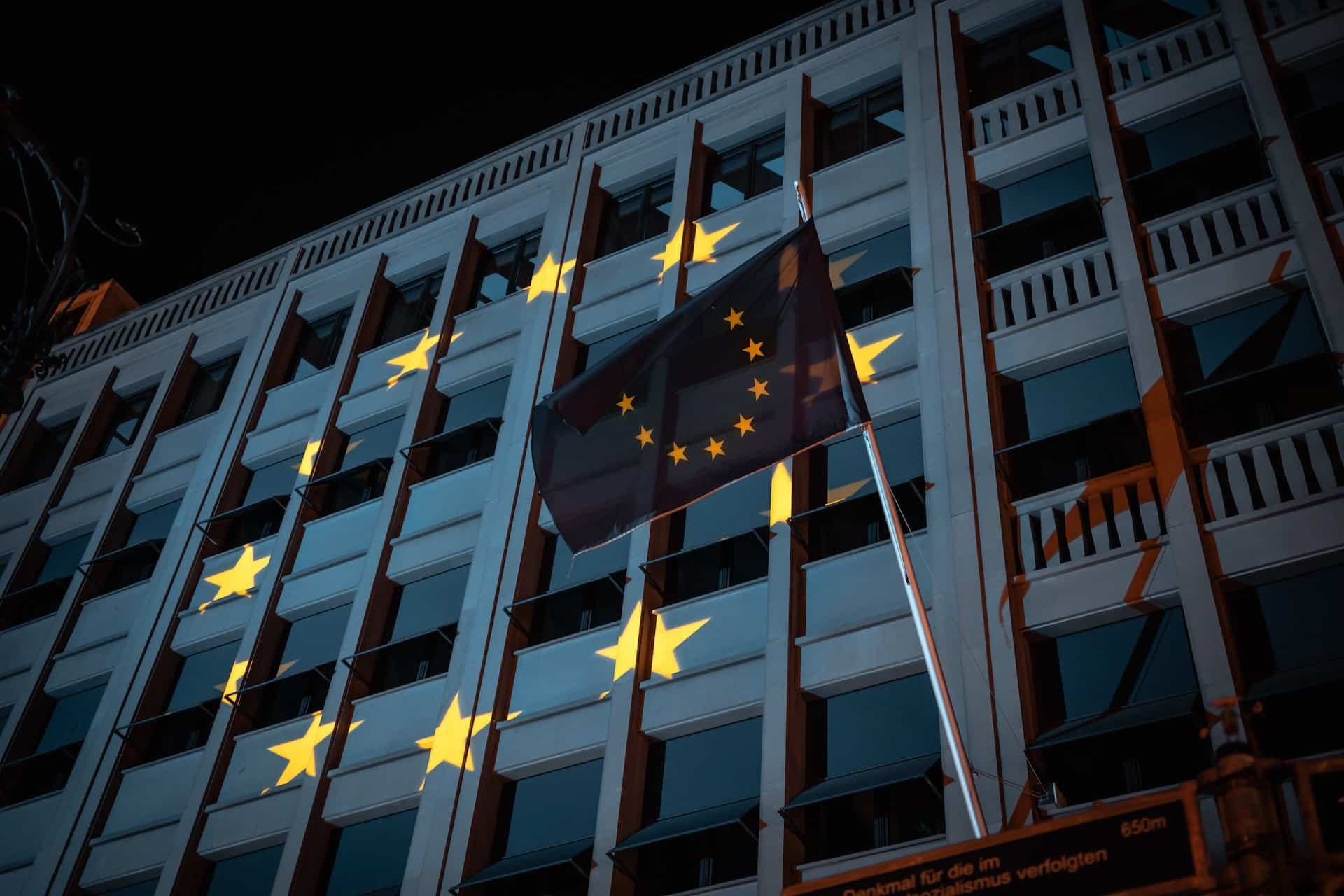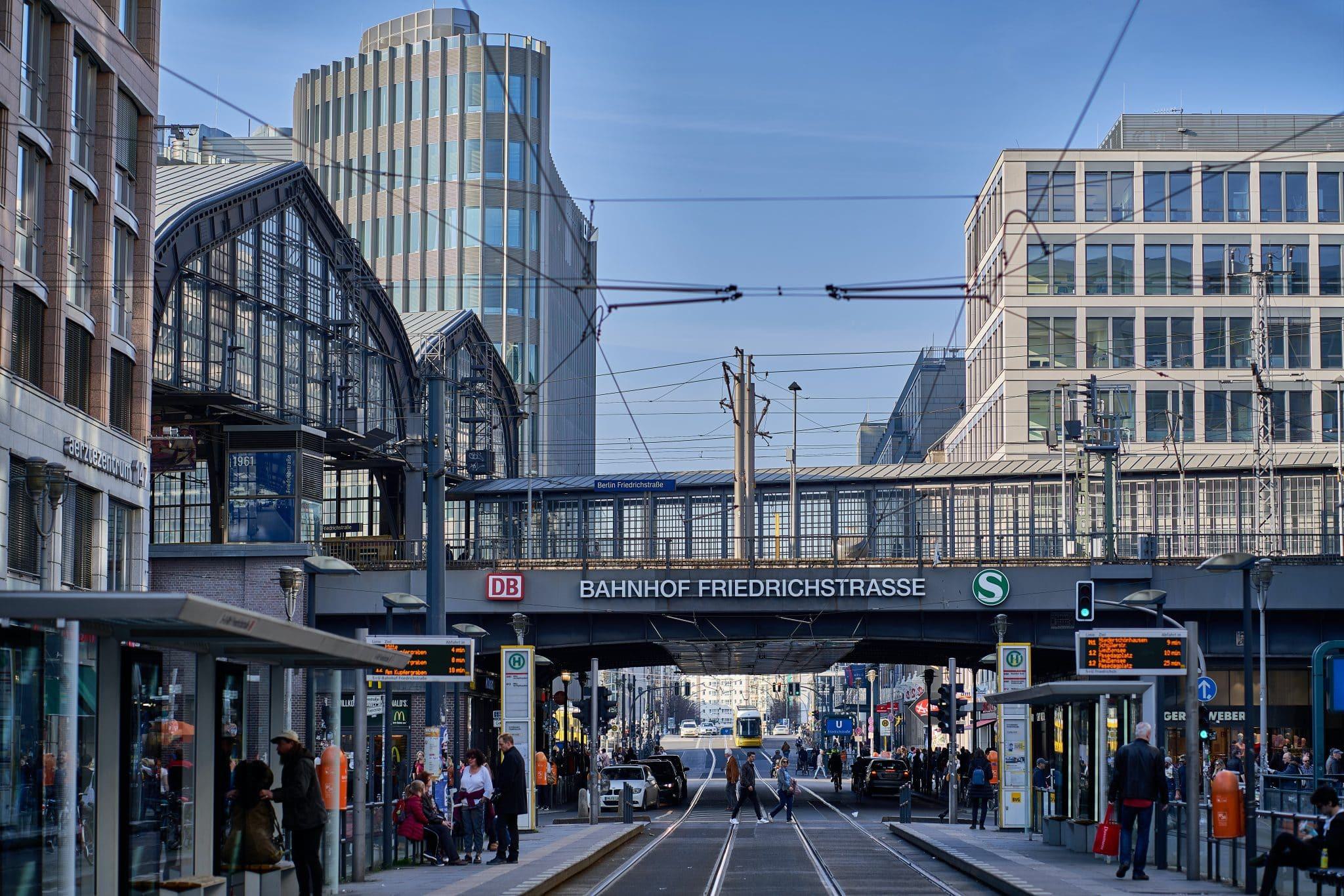
As five generations increasingly share the workplace, organisations face a critical choice: treat generational differences as a challenge — or embrace them as a strategic advantage. By fostering mutual learning, respect and inclusion, businesses can turn age diversity into a powerful driver of innovation, resilience and performance.
Across the globe, populations are aging; work lives are lengthening.
In fact, our working lives could now last longer than the average life expectancy a century or so ago, with many people healthy enough to spend five decades or more at work.
A study by Bain & Company highlights that by 2030, a whopping 150 million jobs will shift to workers over the age of 55. That’s equivalent to almost the entire working population of the US.
And with that productive longevity comes the challenge of working with multiple generations — as many as five clocking in each day with vastly different life experiences and expectations.
From those born before the end of the Second World War to tech-savvy professionals younger than Google, the five-generation workplace is becoming more common as good health keeps people fitter and engaged for longer.
For businesses, this mix can feel complex — but it’s also a huge opportunity.
For the first time in history, there are five generations in the workplace
- Traditionalists — born 1925 to 1945
- Baby Boomers — born 1946 to 1964
- Generation X — born 1965 to 1980
- Millennials — born 1981 to 2000
- Generation Z — born 2001 to 2020
Donal Laverty, consulting partner at Baker Tilly Mooney Moore, says although there is a temptation to dwell on the potential challenges of a multigenerational workplace, the businesses that thrive are those that focus less on generational gaps and more on what unites people.
“Regardless of age, people want to feel they’re contributing, growing and being looked after. That’s what drives engagement.”
The most successful organisations, he says, don’t just manage generational differences — they harness them to fuel innovation and performance.
This perspective is backed by compelling research, which shows that age-diverse companies typically experience lower employee turnover and higher productivity than industry benchmarks.
In other words, embracing an age-diverse workforce isn’t just socially responsible — it’s a clear competitive advantage
So, how do companies harness the different skills, experiences and aspirations of each generation and create a happy and harmonious workplace?
Rethinking motivation
Keeping a workforce that spans half a century motivated isn’t easy, says Mr Laverty.
“What motivates older workers — such as stability, security and leaving a legacy — may not resonate with younger employees, who often prioritise purpose, work-life balance and a focus on working smarter rather than longer hours.
“The trick is recognising that everyone’s needs are valid — and designing a culture that supports all of them.”
And stereotypes can get in the way.
Millennials might be perceived as entitled. Boomers as resistant to change. But Mr Laverty says the reality is much simpler.
“When you distil it down, nearly everyone wants the same from their work experience: security, purpose and respect. That doesn’t change with age.”
Flexibility is key
For businesses, the stakes are high.
Get the intrinsic and extrinsic motivators wrong and talent will leave. Get it right, and you create a thriving culture where everyone contributes.
“When you look at the fact that Millennials are open to changing jobs every two to three years, that’s not necessarily a reflection on them as much as it’s a reflection of an organisation’s ability to adapt quickly enough in terms of flexibility, career development and giving them a sense of purpose.
“I think many organisations are still behind the curve when it comes to getting it right.”
The most forward-thinking companies are moving beyond generational labels and a one-size-fits-all approach, notes Mr Laverty. They’re building inclusive workplaces that value different perspectives across age, gender, background and more.
“Diversity drives innovation,” he says.
“When different generations collaborate, you get better problem-solving and more creative thinking.
“It’s not just about flexible hours, breaking down dress codes and introducing paid benefit schemes — it’s about meaningful change. That includes making room for older workers, offering re-skilling opportunities and creating leadership paths for everyone.”
Pairing young and old
Gen Z began entering the workforce in the mid-2010s, while Millennials currently account for around 35% of the global workforce. By 2030, it's projected that together, these two generations will make up nearly 74% of the workforce.
In the meantime, Baby Boomers and Gen X still make up more than half of today’s workforce.
With that in mind, transferring knowledge between generations is becoming a critical priority, says Mr Laverty. He believes that wisdom isn’t dictated by age, but by experience, curiosity and a willingness to grow.
“Younger workers may look to older colleagues for their organisational memory, long-standing client relationships and best practices developed over many years,” he explains.
“In this way, older employees can act as coaches and mentors, helping to ensure that institutional knowledge stays within the business.”
At the same time, reverse mentoring presents a powerful opportunity.
“The younger generations bring their own form of wisdom. Having grown up in a digital-first world, Millennials and Gen Z offer valuable technological fluency and a fresh perspective that can benefit even the most experienced professionals.
“Mentorship programmes, when designed to be two-way and inclusive, can deliver real value — fostering collaboration, breaking down generational stereotypes and helping employees continue to grow at every stage of their career”
Continuous learning
Research shows that employer investment in upskilling has been in long-term decline, and it really needs to reverse, notes Mr Laverty.
“Traditionally, training budgets have been skewed towards younger employees — but older workers are just as eager to learn and progress.
“Offering qualifications, training and support should not be limited to those at the start of their careers.
“Organisations that embed a culture of continuous learning, with clear strategies for upskilling and reskilling employees across all age groups, will benefit from a more motivated, inclusive and future-ready workforce.
“Investing in learning and development isn’t just about keeping up — it’s about bringing every generation along for the journey.”
Employee-centric
Ultimately, says Mr Laverty, it is increasingly becoming an organisational imperative to respond to the shifting dynamics of the workforce — generational and otherwise — amid a tightening labour market in many Western economies, the accelerating rise of AI and digitisation, and the ongoing evolution of work itself.
“The employee value proposition is no longer a one-size-fits-all model; it is becoming highly individualised and bespoke.
“Organisations need to craft compelling, differentiated offers that resonate with diverse employee expectations — acknowledging both intergenerational and intragenerational differences.”









